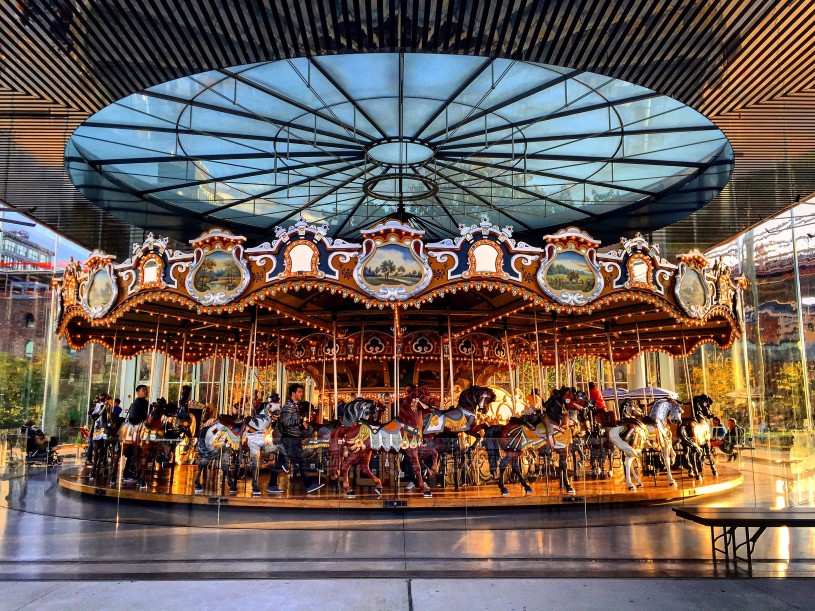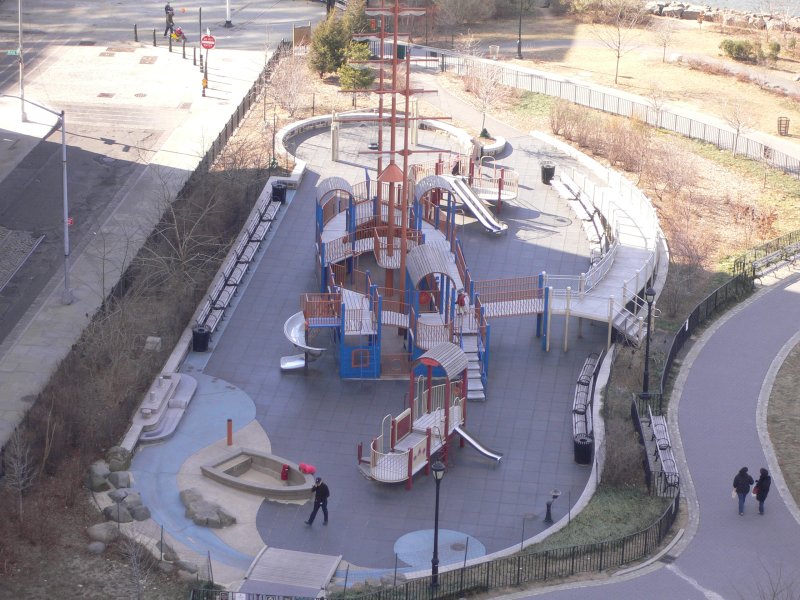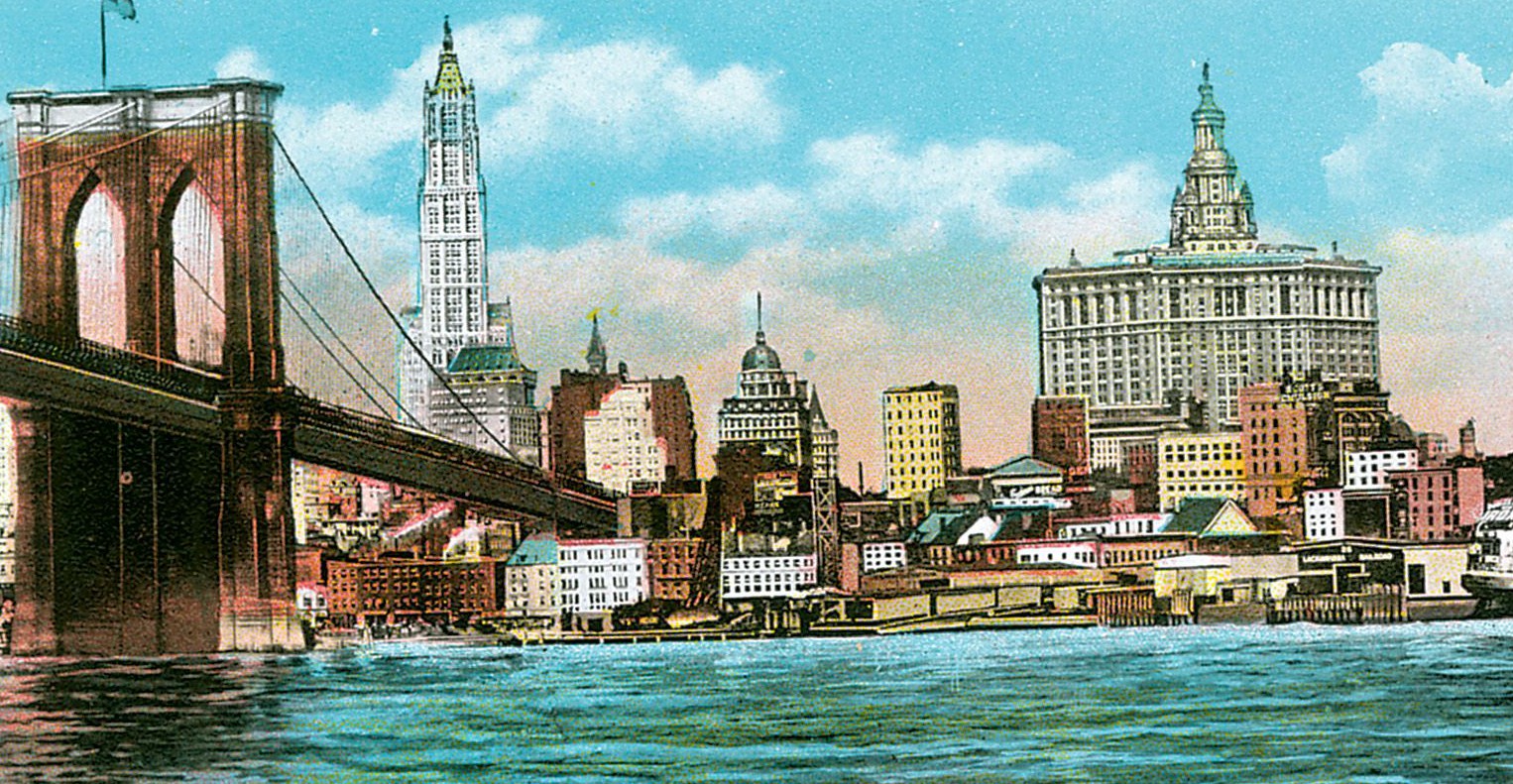

It fell into disrepair and was used as a brothel before becoming housing for Franciscan brothers in 1961. Herman Behr Mansion: A huge Romanesque Revival building from 1888–89 that was first a private home and then in 1919 became the Palm Hotel.These are mostly rowhouses or brownstones along with a few mansions, and they range in style-Greek Revival, Neo-Gre, Italianate, Second Empire, Victorian Gothic, Romanesque, and Classical Revival, among them, and a rare few Federal-style houses like 69 Orange St 24 Middagh St and 24 Popular St, built in 1834 by Walter Whitman and his then teenage son, the poet Walt Whitman. Look out for the following: After its designer died of tetanus and his son, the engineer, was felled by decompression sickness, Emily Warren Roebling took over and managed this enormous project and was the first person to cross the bridge by carriage.īrooklyn Heights has some of the oldest extant houses in New York, most of which went up during a mid-19th-century building boom.

When it opened on May 24, 1883, it was the first fixed crossing between Brooklyn and Manhattan before, you had to go by boat. The bridge is roughly 1.6mi (2.6km) long and sees an average of 10,000 pedestrians and 4,000 cyclists per day.This New York icon needs no introduction. If you're in Dumbo, you can take stairs at Prospect St and Cadman Plaza East (aka Washington St). This is a walkway and is wheelchair and stroller-accessible. If you're in Brooklyn Heights take this entrance (note that the first ~10' are on a sidewalk, not on the bridge). The first is at Tillary Street and Brooklyn Bridge Blvd (aka Adams St). There are two entrances on the Brooklyn side of the bridge. Walk across the Brooklyn Bridge or hop on the ferry to wander around Brooklyn Heights and Dumbo with our guide on to where to eat, drink, shop, and sleep.

The waterfront itself underwent a major renaissance with the conversion of a wide swathe of vacant piers into leafy Brooklyn Bridge Park. Dumbo, on the other hand, was all lofts and warehouses. Incredibly, the neighborhood looks much the same as it did more than 200 years ago. In the early 19th century, wealthy New Yorkers moved across the East River to escape the cacophony of Manhattan, traveling back and forth on a regularly scheduled steam ferry. Leafy, quiet Brooklyn Heights was developed in the early-mid 17th-century when farms first set up here. Today we're in Brooklyn Heights and Dumbo, two side-by-side Brooklyn neighborhoods with very different pasts. Disagreements about neighborhood boundaries abound, but in a city as eminently walkable as New York, neighborhoods run together. New York City has roughly 280 neighborhoods, some tiny (Koreatown), others stretching for 50 blocks (Upper West Side).


 0 kommentar(er)
0 kommentar(er)
